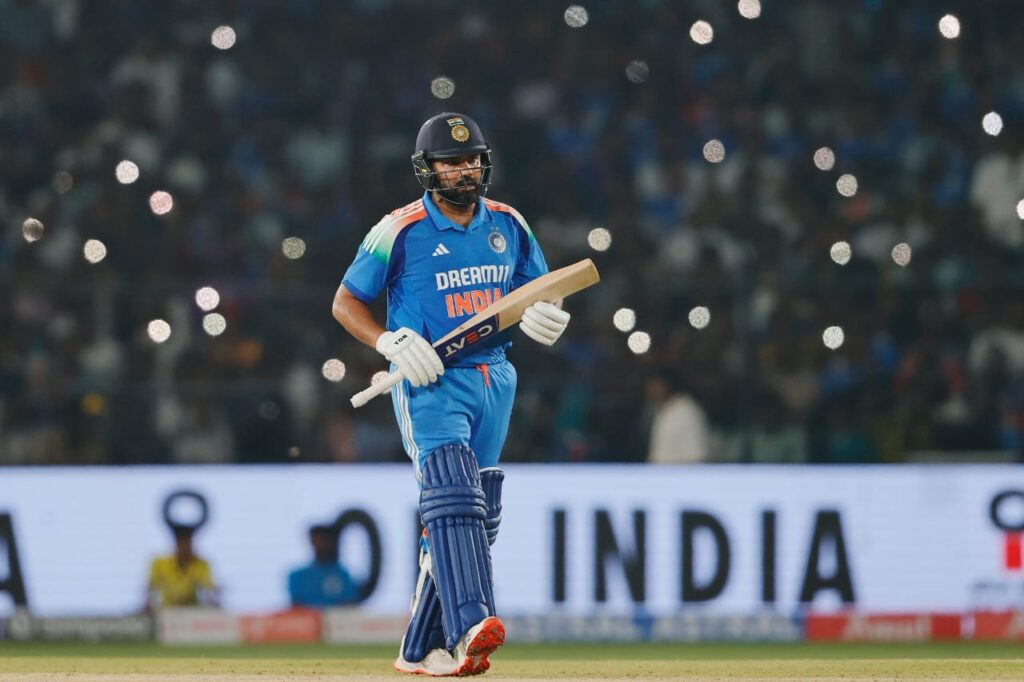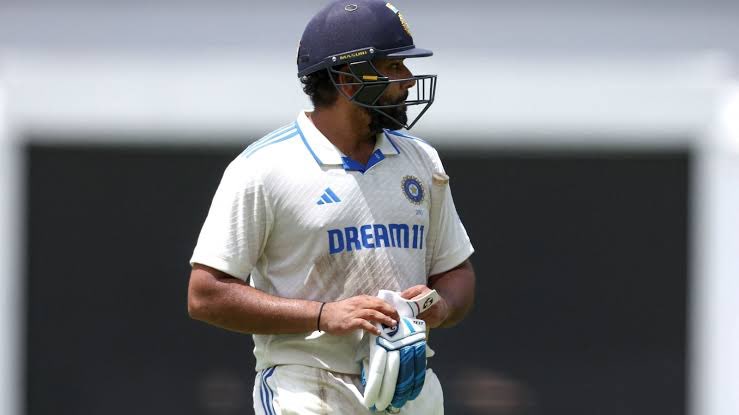Even 12 years after leaving office, Sanjay Jagdale, the former BCCI secretary who also served as a national selector, is reluctant to share the story of a selection meeting that paved the way for Rohit Sharma’s return to the Indian team fold. “The time is not right yet,” Jagdale told RevSportz. “Maybe, sometime in the future, I will reveal it.”
Rohit was left out of India’s 2011 World Cup squad. As the story goes, he was in the selectors’ scheme of things for the tournament and also had the backing of Gary Kirsten, then India coach. But MS Dhoni, the captain, wanted Piyush Chawla.
In 2011, Rohit was only a one-format cricketer and missing out on the World Cup was a body blow for him. That said, given his talent and his ability in white-ball cricket, the selectors quickly made the course correction. Rohit returned to India’s ODI set-up for the next overseas tour, in the Caribbean. But cracking the Test code was proving to be way more difficult.
Rohit was supposed to make his Test debut in February 2010 in Nagpur as the injured VVS Laxman’s replacement. But only 15 minutes before the toss, he twisted his ankle and had to wait for more than three years to eventually get his Test cap.
He started off with back-to-back hundreds against the West Indies, at Eden Gardens and Wankhede. But just when it felt like he took to red-ball cricket like a duck to water, he had a rude awakening in South Africa. Dale Steyn actually toyed with him. For a lesser talent, that could well have been the end of the road as far as Test cricket was confirmed. But Rohit was given a long rope. At times, he even had a higher ceiling than red-ball stalwarts like Cheteshwar Pujara and Ajinkya Rahane, for the selectors and the team management believed that in due course, the boy from Borivali would come good.
For the first five years of his Test career, Rohit tested everyone’s patience. Not that he was an abject failure in the middle order. But an average of 39 during that phase wasn’t in sync with his talent and ability. It’s not that he was a reluctant Test player. A ‘Mumbai school’ thoroughbred, he always took the game’s purest format seriously. But maybe, and contrary to the typical ‘Mumbai school’ approach, he was a tad reluctant to put a price tag on his wicket. Having an embarrassment of riches could be another reason as well. He attempted some impossible shots that lesser mortals wouldn’t even try at the nets.
For More Sports Related Content Click Here

Then, everything changed, when in October 2019, Rohit agreed to open the innings in the longer format. For the next five years, he was one of the best Test batsmen in the world, averaging north of 50. The 2021 series in England was his crowning glory, when he scored 368 runs in eight innings, including a hundred and two half-centuries, at an average of 52.57. More importantly, he faced 866 balls in four matches.
At the end of the day, a tally of 4,301 runs in 67 Tests with 12 centuries and an average of 40.57 doesn’t make Rohit an elite Test batter. Jagdale said as much. “But for the 2021 series in England, Rohit was never a great Test batsman,” he said. “Away from home, he had issues. Also, fitness let him down. He was a good player, but never a great.”
Fitness indeed was a problem for Rohit. Even during his peak, he missed many Tests. But going beyond the hard numbers, all his 12 Test hundreds came in winning causes. As per an ESPNcricinfo stat, nearly 70 per cent of his Test runs came in victories.
So, what is Rohit’s legacy as a Test batsman? It has to be about influencing the team to get rid of the personal-milestone obsession. His batting created the trickle-down effect, and his teammates embraced the new philosophy. “To hell with personal milestones, the team must win”…It was the message from the skipper, which ushered in a paradigm shift.
Also Read: Has white-ball form been used to settle the Rishabh Pant – Shubman Gill red-ball captaincy debate?





